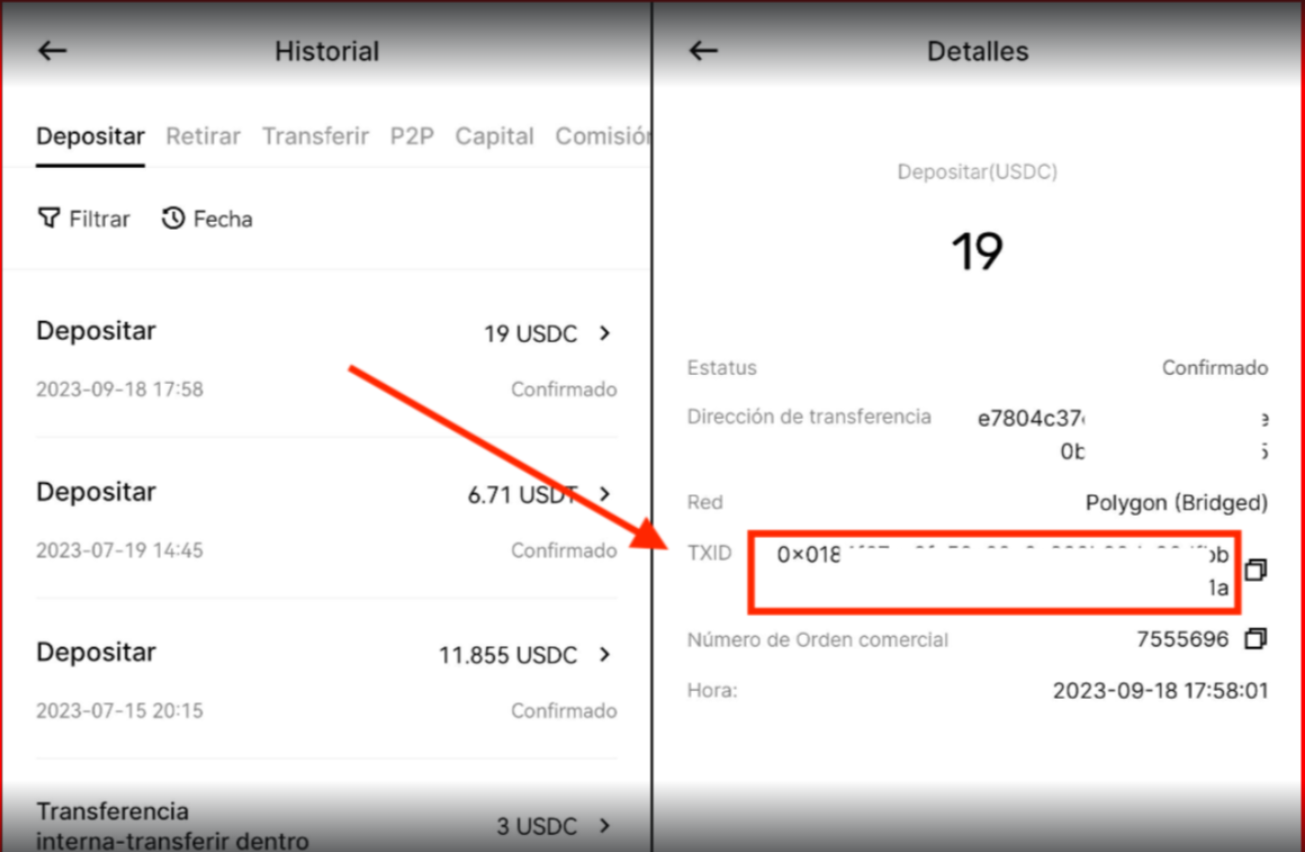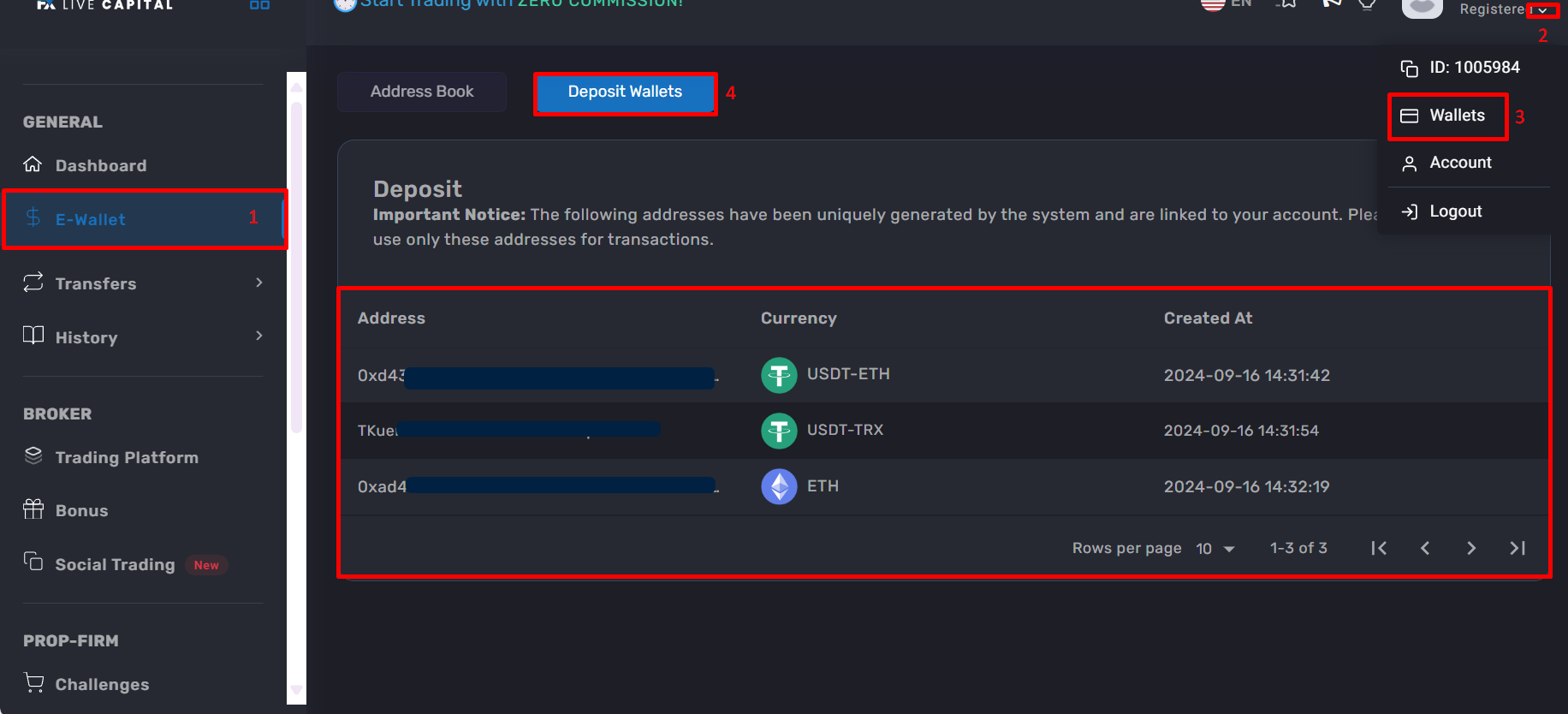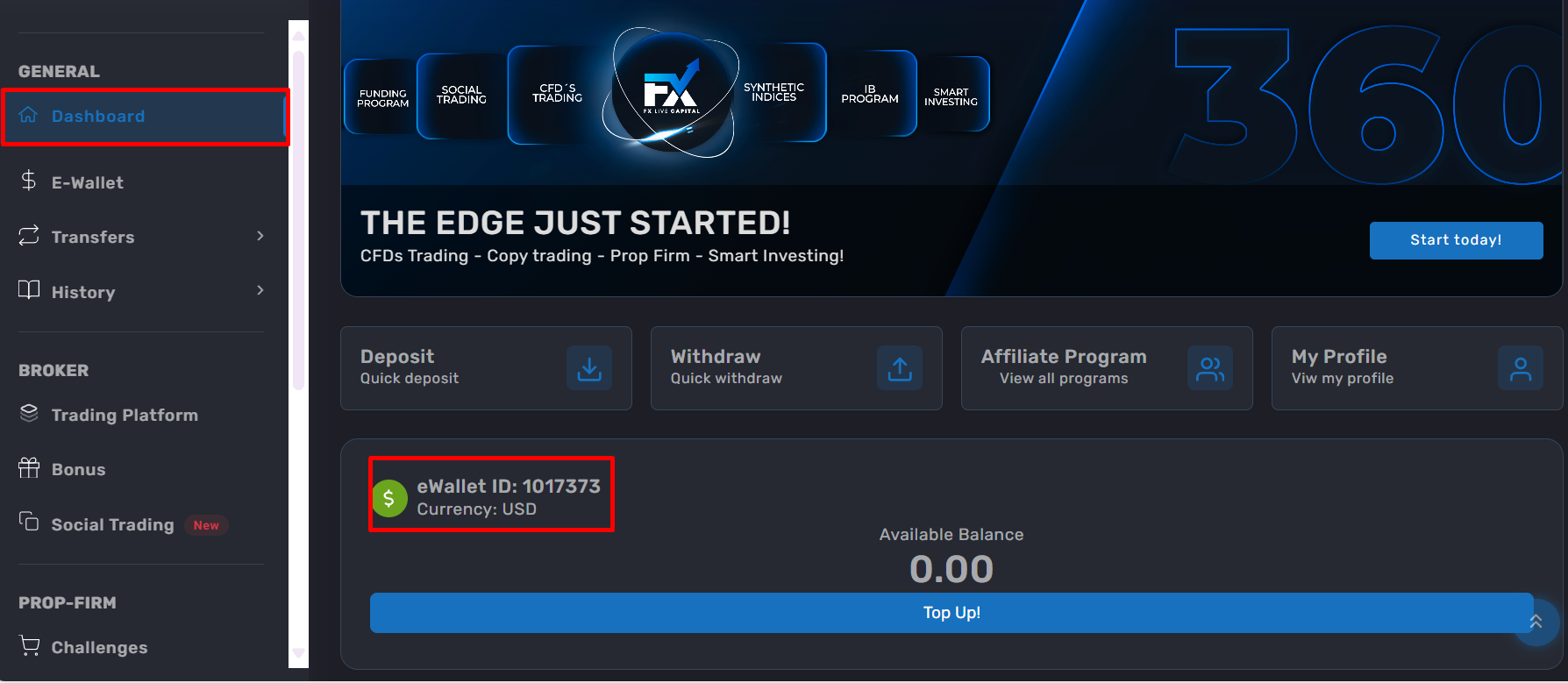USDT (Tether):
Description: Tether (USDT) is a stable cryptocurrency known as a "stablecoin." It is designed to maintain a stable value pegged to the US dollar (1 USDT ≈ 1 USD) using dollar reserves to back its value.
Use: It is commonly used as a digital alternative to the US dollar in transactions within the platform due to its relative stability.
USDT-TRX (Tether on the TRON Network):
Description: USDT-TRX is Tether (USDT) issued on the TRON network using the TRC20 standard. TRON is a blockchain platform that supports smart contracts and decentralized applications (dApps).
Identification: You can recognize USDT-TRX by its name "Tether (TRX)" or "USDT (TRON)" on exchange platforms. Deposits and withdrawals of USDT-TRX require a wallet address compatible with TRC20 on the TRON network.
USDT-ETH (Tether on the Ethereum Network):
Description: USDT-ETH is Tether (USDT) issued on the Ethereum network using the ERC20 standard. Ethereum is a blockchain that allows the creation of smart contracts and custom tokens.
Identification: It is identified as "Tether (ETH)" or "USDT (Ethereum)" on platforms. Deposits and withdrawals of USDT-ETH use wallet addresses compatible with ERC20 on the Ethereum network.
Before Making a Deposit or Withdrawal:
- Network Verification: Make sure to select the correct network (TRON for USDT-TRX or Ethereum for USDT-ETH) when making a deposit or withdrawal. Using the wrong network can result in the loss of funds.
- Wallet Address: Verify that the wallet address you are sending to or receiving from is compatible with the corresponding standard (TRC20 for TRON or ERC20 for Ethereum).
- Fees and Processing Times: Consider network fees and processing times when making transactions. Networks may have variable fees and different confirmation speeds.
- Minimum Deposit Requirement: It is essential to meet the minimum deposit requirement. For your convenience, this requirement will be available once you start the deposit process.
Information for Deposits:
Hash or TXID:
- Definition: A hash is a mathematical function that takes a set of data and produces a fixed-length alphanumeric string.
- Use: It is mainly used to ensure the security and integrity of information. When a hash function is applied to data, it produces a unique value that acts as a "fingerprint" or "checksum" of that data. This allows verification of whether the data has been altered in any way.

Internal Wallet:
- Definition: An internal wallet is a secure space within a platform where users can conveniently and securely store and manage their digital funds.
- Usage: To find your internal wallet, follow the guidance in this image:

USD Wallet:
- Definition: The USD Wallet is a feature that allows users to store US dollars digitally in their account within the platform.
- Use: Users can deposit funds via cryptocurrencies, which are converted and credited as US dollars in their USD Wallet. This wallet allows users to add balance to their accounts, perform transactions, and send funds to other users within the platform.
